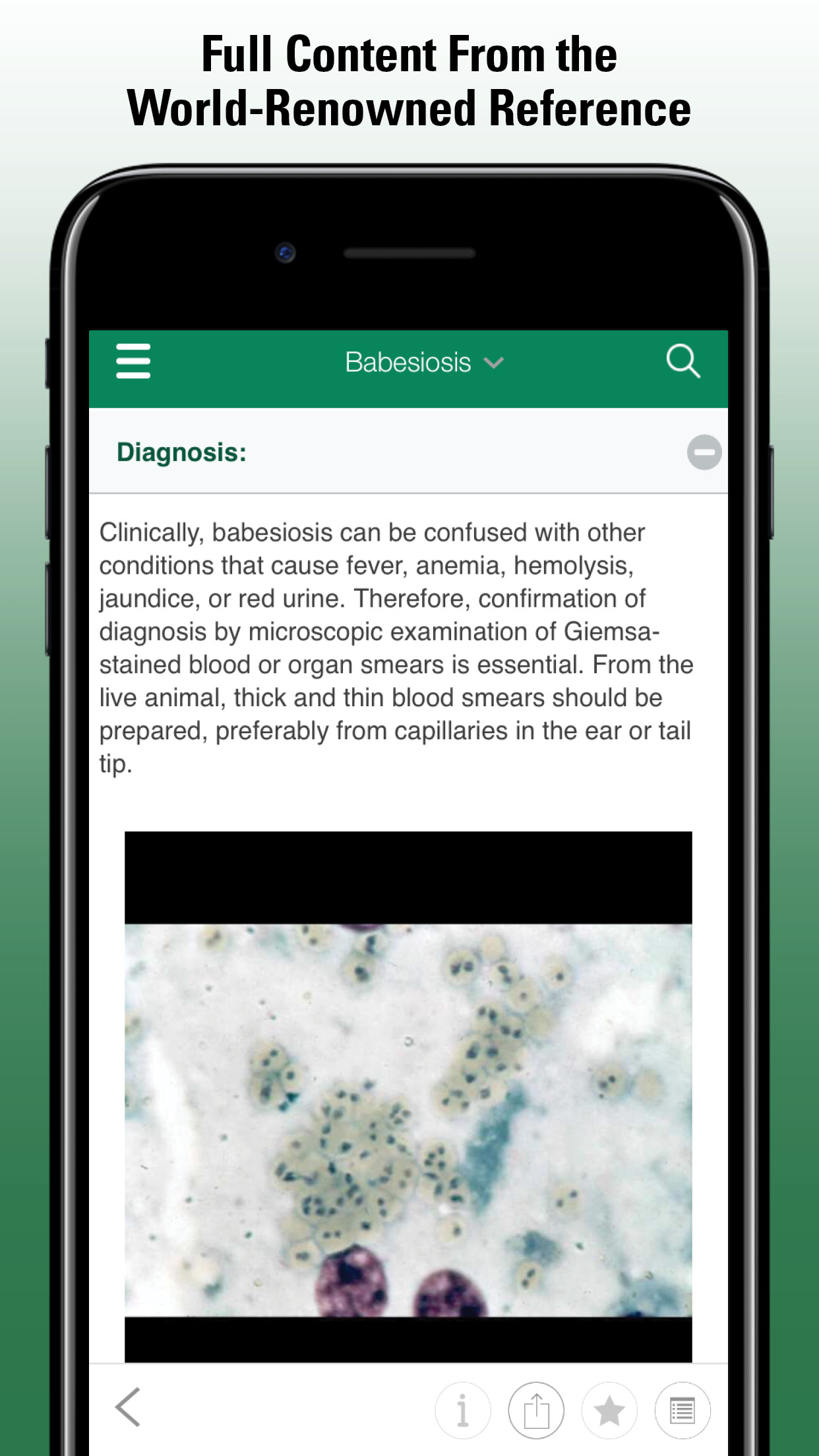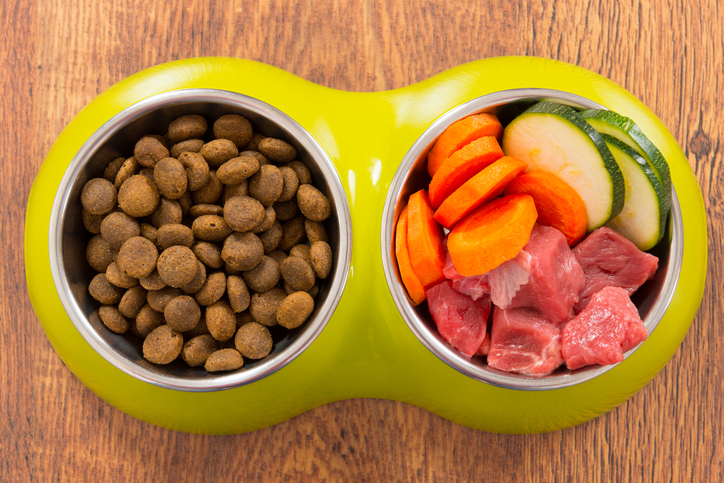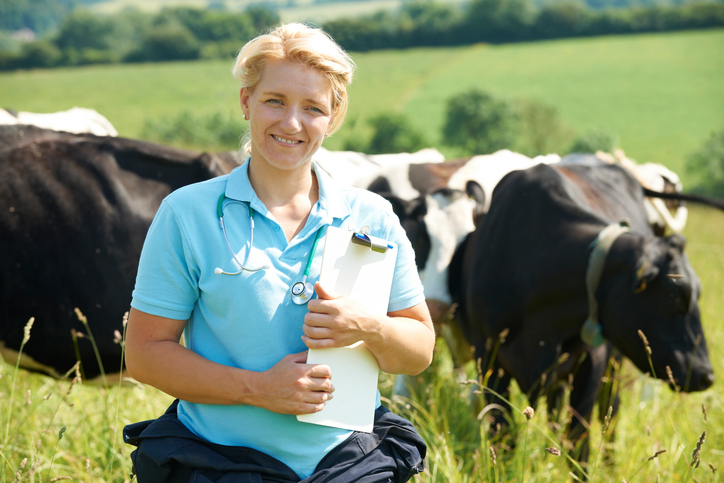Feeding Dairy Calves from Weaning Through Maturation
- Nutrition: Dairy Cattle
- Nutritional Requirements of Dairy Cattle
- Feeding and Nutritional Management of Dairy Cattle
- Feeding Young Dairy Calves
- Feeding Dairy Calves from Weaning Through Maturation
- Accelerated Dairy Calf-rearing Programs
- Feed Additives in Dairy Cattle
- Nutrition and Disease in Dairy Cattle
After weaning, calves should receive free-choice calf starter until 3 mo old. If hay is fed during this period, it should be of excellent quality and fed in limited amounts. Energy requirements for adequate growth in calves 3–15 mo old may be derived largely from good quality forage. Meeting protein requirements during this period is challenging, because protein requirements are high relative to energy requirements. This is because in replacement heifers, lean body weight gain is preferred over fattening. For sample diets for large-breed dairy heifers 3–15 mo old, see Table: Example Dietary Characteristics for Growing Replacement Heifers. The crude protein concentrations of these example diets are high, because there is excess RDP. If rumen bypass (high RUP) ingredients were included, the crude protein concentrations could be lower and still meet the metabolizable protein requirements. However, such RUP concentrations would be difficult to achieve without inclusion of animal-protein products or specially processed protein supplements. Diets such as those in these examples would best be delivered as TMR.
Example Dietary Characteristics for Growing Replacement Heifers
Heifers of appropriate body weight become sexually mature at ~15 mo old and should be bred at that time. After breeding, requirements for protein and energy during gestation may be met with good quality forages. In general, the feeding of corn silage during this period should be limited to no more than one-half of the diet dry matter, preferably less. This it to prevent fattening, which increases disease risk at calving.
Optimal growth rates of dairy heifers between 2 mo of age and conception are important for dairy herd profitability. Insufficient growth rates result in either an older age at first calving, which increases the cost of heifer rearing, or smaller dams at first calving, which limits milk production and conception rates during the first lactation. Conversely, excessive growth rates, especially those associated primarily with fattening, can adversely affect subsequent milk production and also increase the risk of metabolic problems at calving. Target growth rates between weaning and conception should be 700–900 g/day. As growth rates increase within this range, the proportion of crude protein and RUP in the diet needs to be increased to support greater lean body gain and prevent fattening. Weight and height should be measured periodically to check that growth rates and frame development are as intended. The growth response of heifers to apparently similar diets varies greatly among farms, making the monitoring of growth rates particularly important. For target body weight values at a range of age increments for heifers of various mature body sizes, see Table: Recommended Target Body Weights (kg) for Heifers of Different Ages.
Recommended Target Body Weights (kg) for Heifers of Different Ages
The different dietary requirements of calves at various ages dictate that they be kept in separate pens based on their age and size. Calves between weaning and 5 mo old should be kept in groups of six or less. Older calves may be kept in larger groups, but animal size should be fairly uniform.
- Nutrition: Dairy Cattle
- Nutritional Requirements of Dairy Cattle
- Feeding and Nutritional Management of Dairy Cattle
- Feeding Young Dairy Calves
- Feeding Dairy Calves from Weaning Through Maturation
- Accelerated Dairy Calf-rearing Programs
- Feed Additives in Dairy Cattle
- Nutrition and Disease in Dairy Cattle




